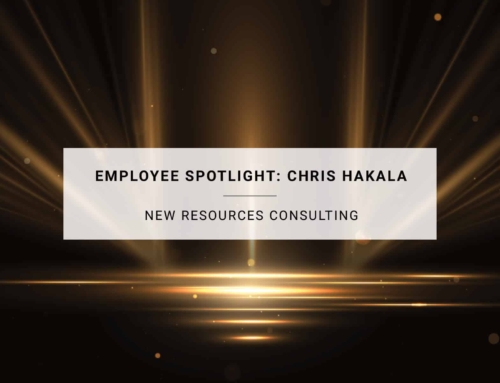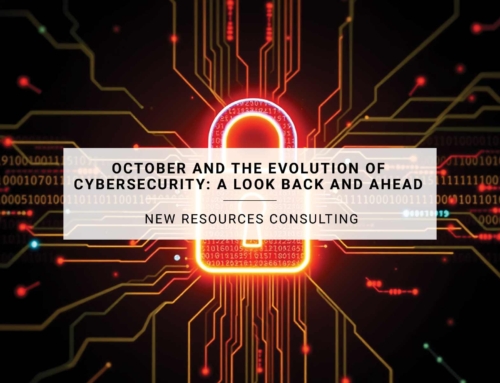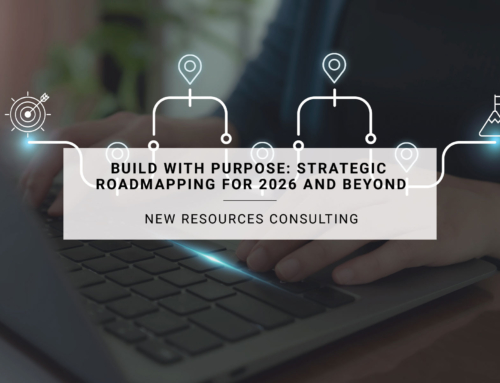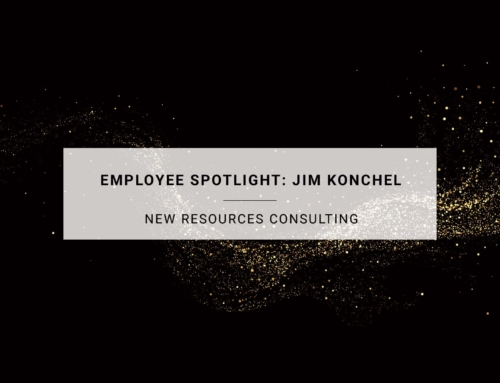Your ERP system is the backbone of your organization, seamlessly integrating critical business functions into a single platform. But when your ERP system isn’t running at peak efficiency, it can lead to significant time and financial losses. ERP systems are complex, with multiple hardware, software, and networking components—each typically monitored by different teams using various tools. That’s why having a centralized, comprehensive monitoring solution is crucial.
Why Comprehensive ERP Monitoring Matters
ERP systems manage everything from inventory to financials, making them vital to the day-to-day operations of your business. When issues arise, they can ripple throughout the organization, disrupting operations and costing you time and money. With so many moving parts, relying on multiple, disparate monitoring tools can make it difficult to track and resolve issues quickly.
By implementing a third-party monitoring system, you can centralize visibility and gain better control over your entire ERP infrastructure. These systems provide a single user interface that brings together all aspects of your ERP—from hardware to software, and networking components—into one place.
Key Benefits of ERP Monitoring
- Comprehensive System Overview: Third-party monitoring tools offer out-of-the-box functionality that tracks key metrics such as service availability (up/down status), operational statistics (CPU, memory usage), and even changes to critical files like security configurations. With these insights, your support team can quickly identify when things are going wrong.
- Customizable Monitoring for Specific Needs: Beyond the built-in monitors, you can create custom monitoring tailored to your specific business needs. For instance, you can track error messages generated by the application and written to log files. This ensures that any issues unique to your system are promptly identified and addressed.
- Historical Insights with Reporting: High-quality monitoring tools not only track real-time data but also provide visual reports and trend analysis. These historical insights can be invaluable when troubleshooting issues that occur outside of business hours or when identifying long-term performance trends.
- Proactive Alerts for Immediate Action: Alerts are the backbone of any effective monitoring system. As an administrator, it’s critical to be notified when a service that should be online is down, or when disk space is reaching its limit. These alerts allow you to take immediate action before issues escalate into bigger problems. A good monitoring system will also allow you to suppress alerts during maintenance periods to reduce unnecessary notifications.
Why It’s Essential for ERP Success
A comprehensive ERP monitoring and alerting system provides more than just data—it empowers your team to act quickly and efficiently. By centralizing monitoring, customizing to your specific needs, and utilizing proactive alerting, you can ensure that your ERP system is running smoothly and proactively address issues before they impact your business.
At New Resources Consulting, we’ve helped numerous organizations enhance their ERP system visibility, stability, and overall performance through tailored third-party monitoring solutions. Our team understands that every ERP environment is unique, so we work closely with our clients to implement customized monitoring strategies that provide proactive alerts, historical insights, and real-time system health analytics. Let’s connect if you’re looking to optimize your on-premise ERP and minimize downtime before it impacts your business. I’ll share more on this topic at the Quest Blueprint 4D 2025 conference, but you don’t have to wait—reach out today to learn how NRC can help your ERP system run at peak efficiency.
Stay ahead of potential ERP issues and keep your organization running at peak efficiency with comprehensive monitoring!









